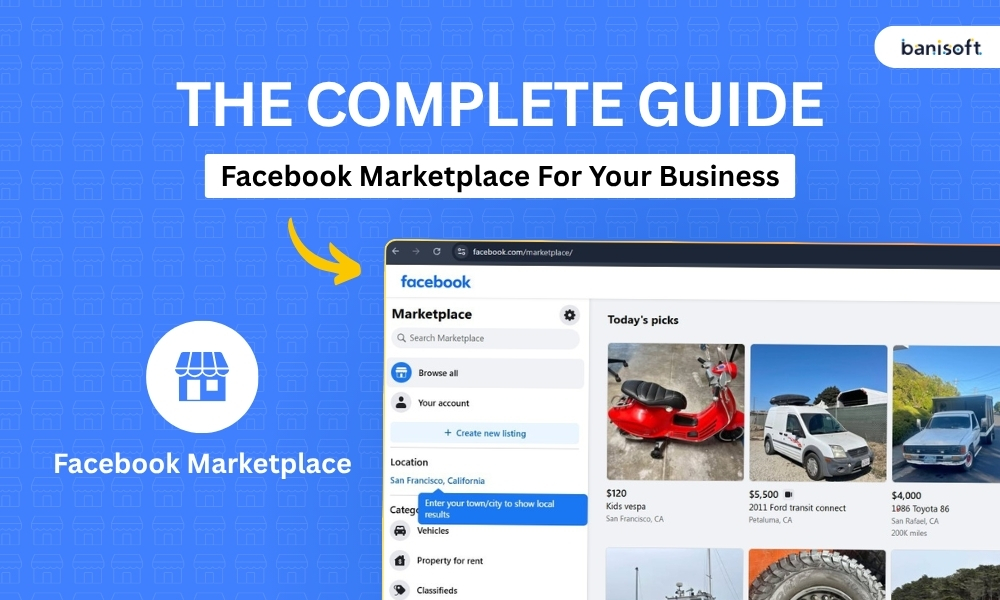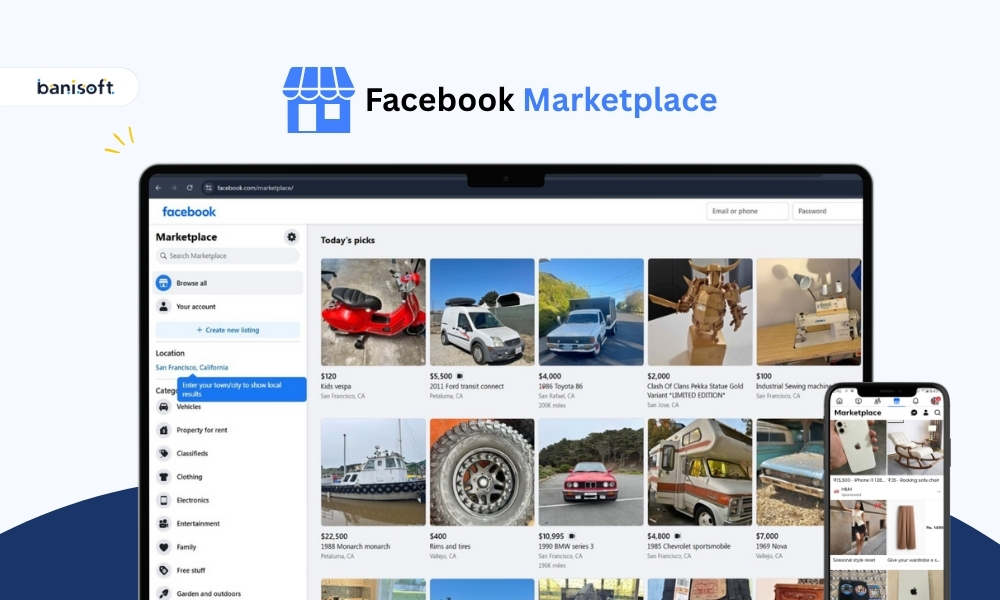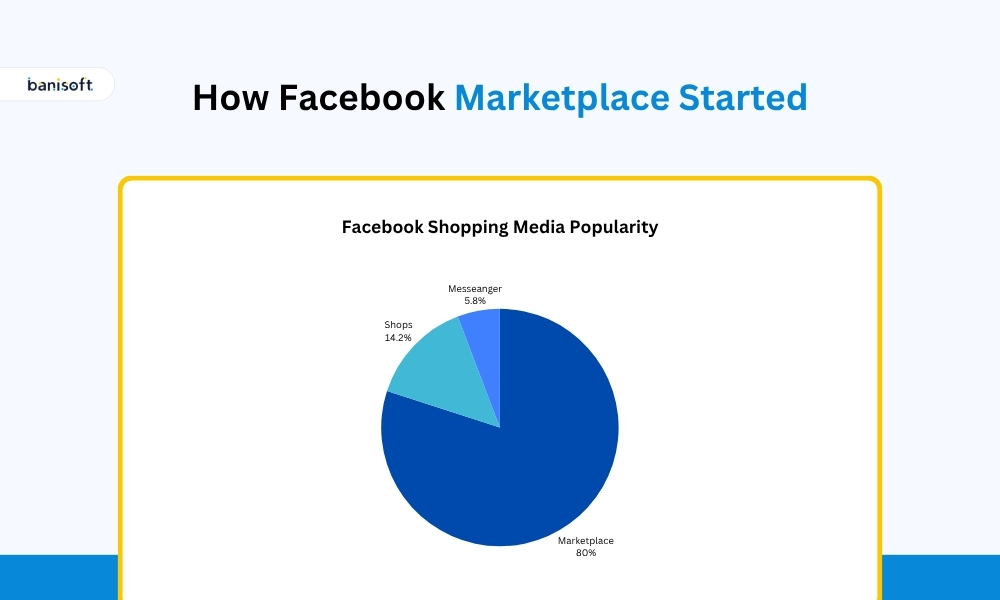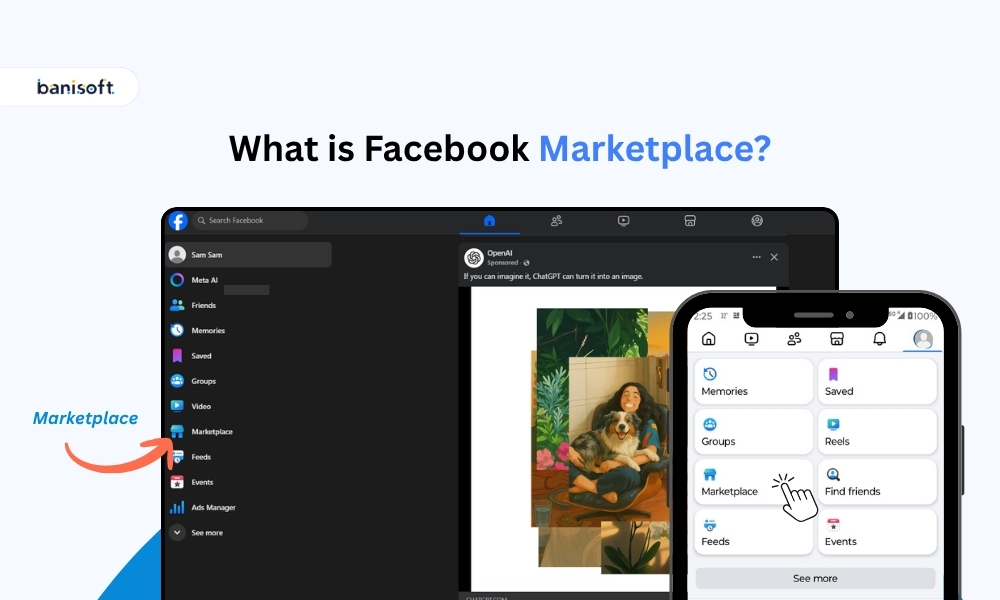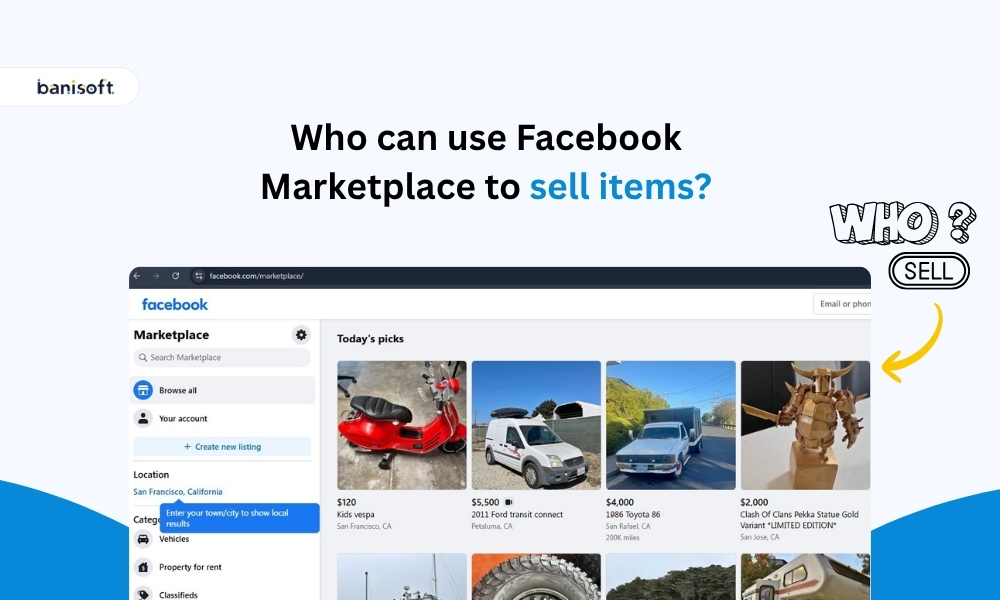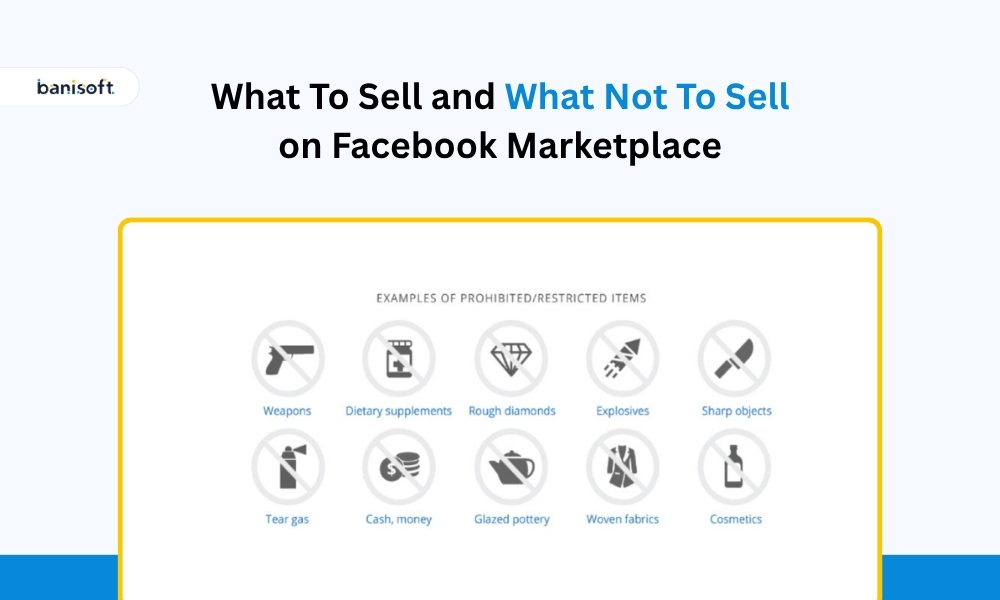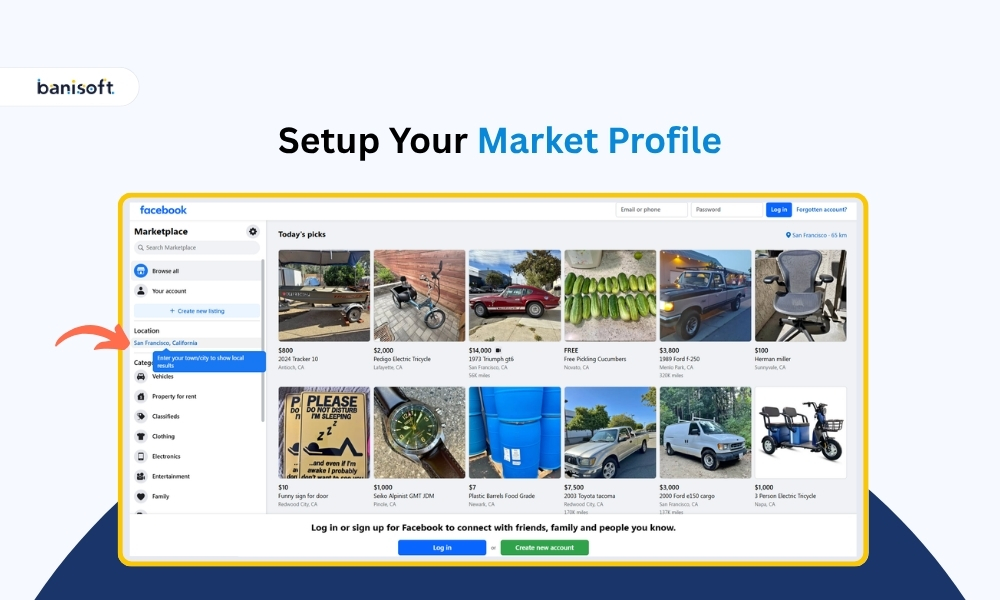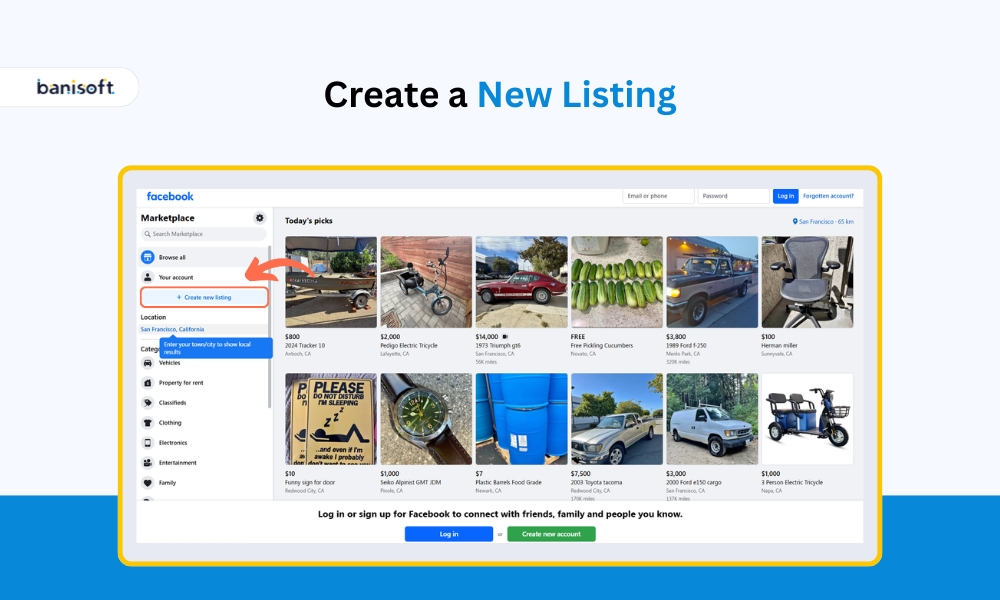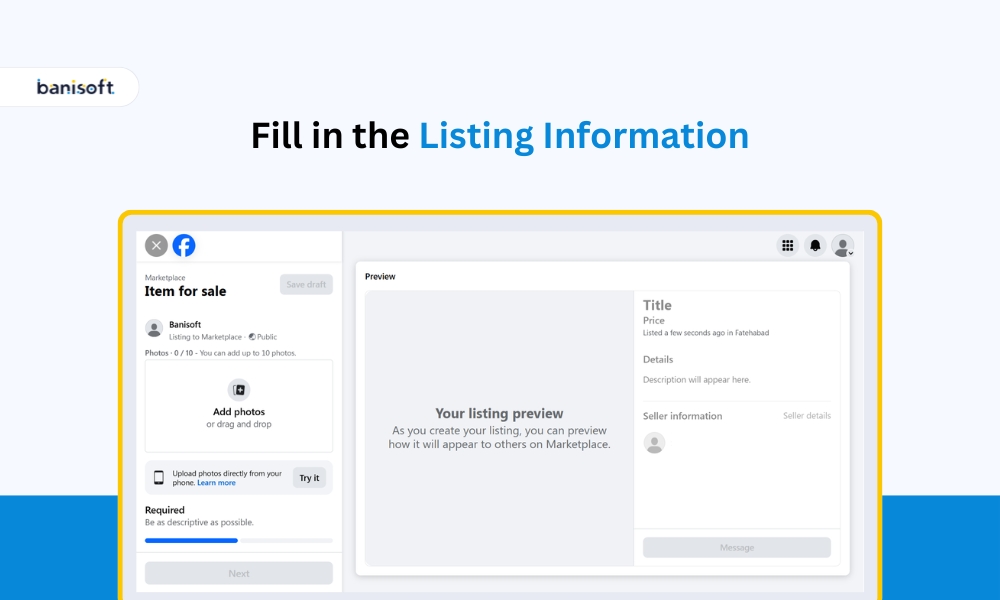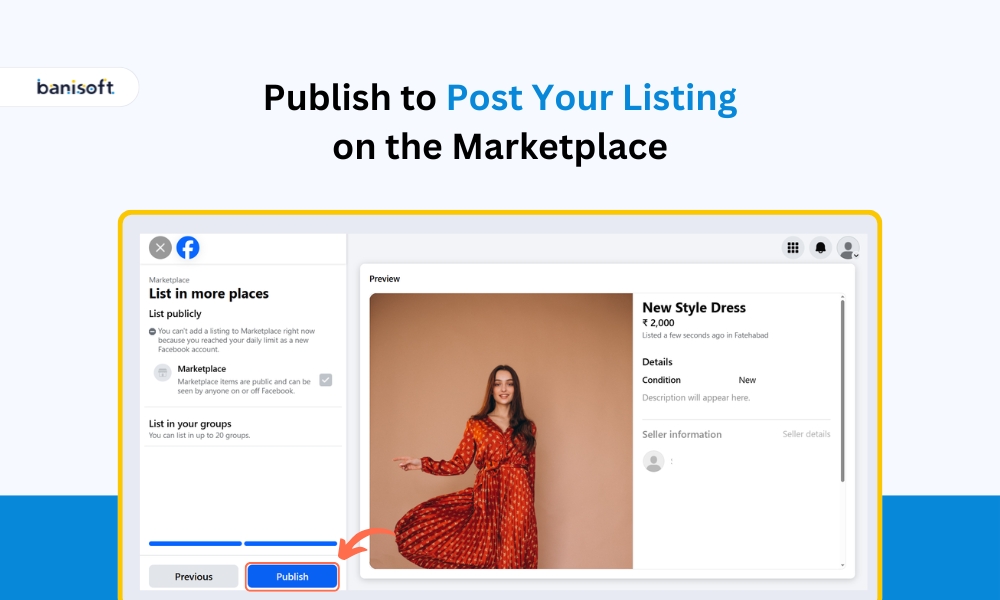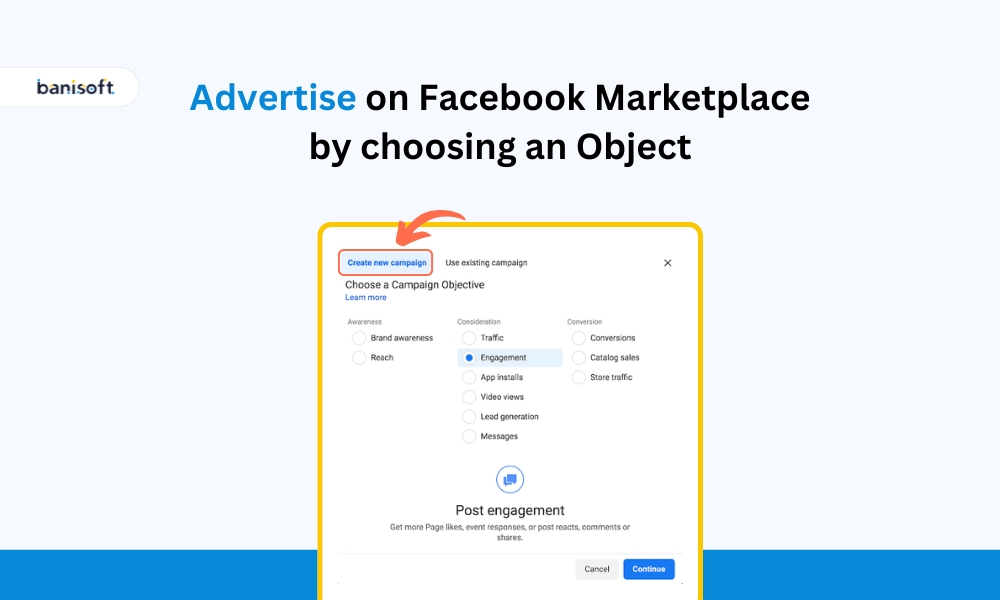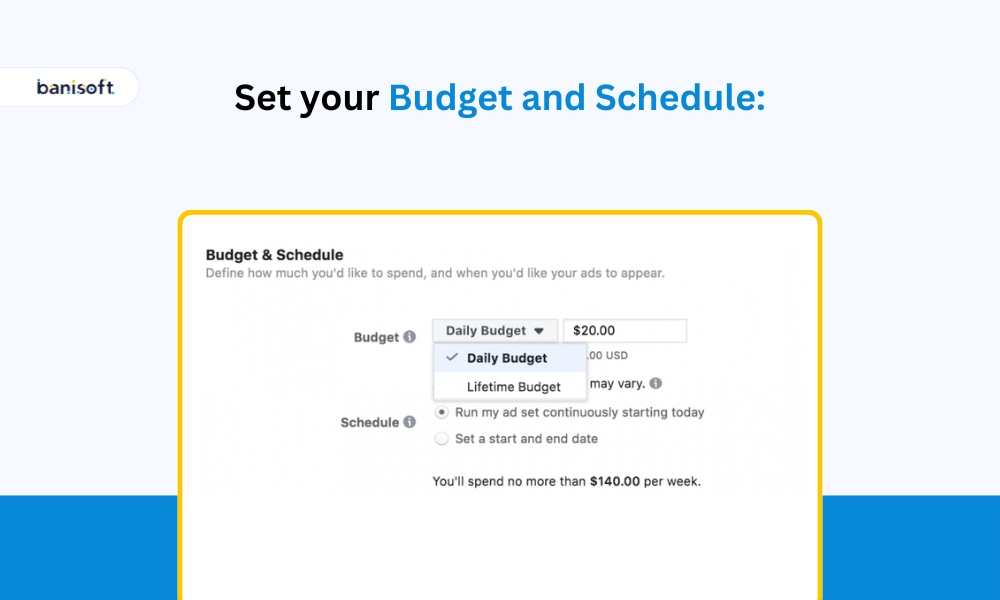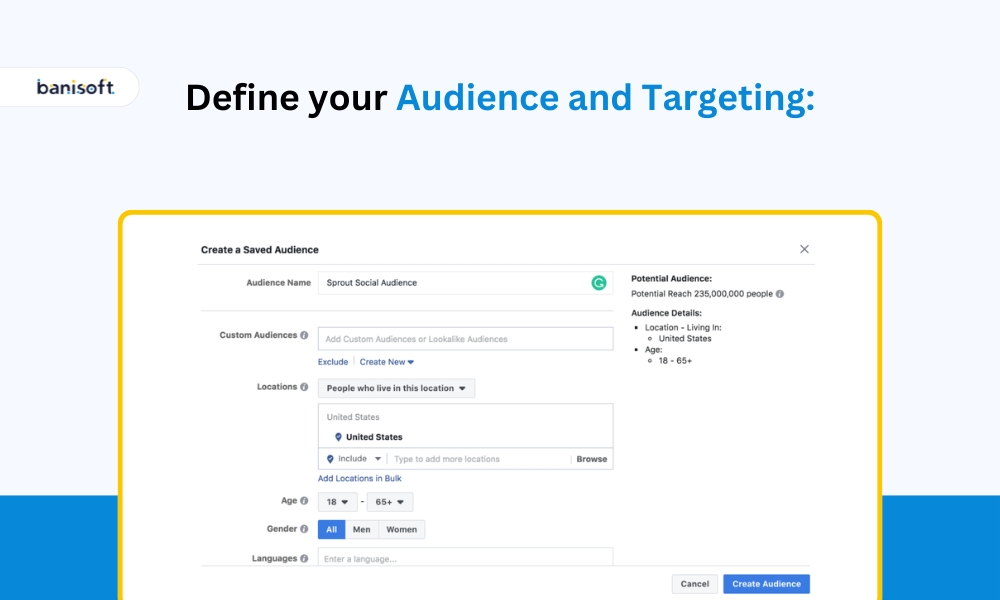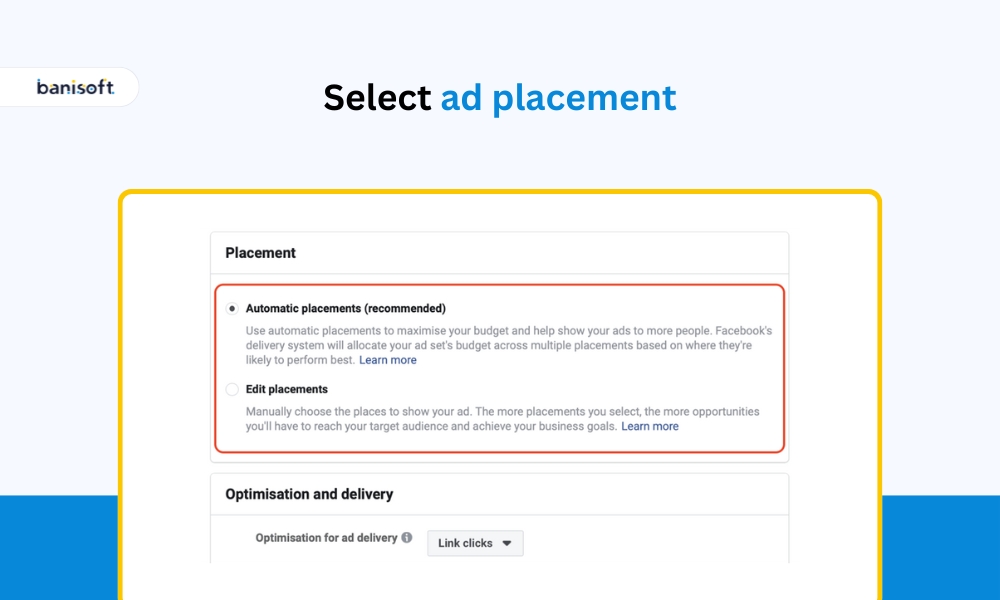The Future of Real Estate Lead Generation

You are a young professional, recently transferred to a new city for work, and beginning to search for a home!
Do those relentless cold calls and overflowing mailboxes full of direct mail even register on your radar?
Instead, you’re turning to the vast expanse of the internet, aren’t you?
Searching real estate blogs for those insider neighborhood tips and tricks, and scrolling through social media, hoping to find agents who offer more than just listings – you want valuable advice.
Won’t your loyalty undoubtedly belong to those professionals who’ve been there, offering guidance and support every step of the way.
Sound familiar? This, my friend, is the evolving landscape of Real estate lead generation.
The industry has long relied on traditional tactics like cold calling, direct mail, and open houses.
While these still hold some value, the landscape is shifting.
A whopping 92% of homebuyers use the internet in their search process.
In today’s digital age, real estate professionals must adapt and embrace innovative inbound marketing strategies to attract, engage, and convert leads effectively.
The Evolution of Real Estate Lead Generation
Traditional lead generation is like casting a wide net into the ocean full of consumers, hoping to catch a few leads. It’s about pushing your message out to as many people as possible and seeing who responds.
- Outbound Marketing: This is the old-school way of doing things. It’s like the salesperson calling a list of numbers, the agent mailing postcards to every house on the block, or the company placing an ad in the local newspaper.
The goal is to reach a large audience and convince them to become leads.
But times have changed. Today, lead generation is more about precision and understanding.
It’s about identifying your ideal customer, crafting the perfect message, and delivering it in a way that resonates with them and draws them in.
- Inbound Marketing: This is the modern approach. It’s about creating valuable content and experiences tailored to the needs and interests of your ideal customer.
Instead of pushing your message out, you’re pulling qualified leads in. It’s about building trust and credibility, so when the time is right, they think of you first.
For example,
A real estate agent might create a blog post titled “10 Things to Know Before Buying Your First Home.”
This provides valuable information to a specific type of potential lead (first-time homebuyers).
A developer might build a virtual tour of their new community, allowing potential buyers to explore from the comfort of their own home.
These are inbound strategies, designed to attract leads by providing value up front.
Key to Successful Inbound Lead Generation
Inbound marketing is all about providing value to potential customers and building a relationship with them over time.
Here are some key things to keep in mind as you build your inbound lead generation strategy in real estate:
- Really Know Your Audience: Who are the people you’re trying to reach? What are their biggest challenges when it comes to buying or selling a home?
What are their goals and motivations? The better you understand your audience, the better you can tailor your content and messaging to resonate with them.
For example, if you specialize in helping first-time homebuyers, you might create content that addresses their unique questions and concerns.
- Create Content That Matters: This is the heart of inbound marketing. You need to create blog posts, videos, guides, and other content that provides real value to your target audience.
This might be a video tutorial on how to stage a home for sale, a downloadable guide to the local school districts, or a blog post offering tips for winning a bidding war.
The key is to focus on the needs and interests of your audience, not just to promote your listings.
- Be Found Online: Most home buyers start their search online. That means your website and social media profiles are often the first impression people have of you.
Make sure your online presence is strong.
Your website should be easy to navigate, look great on a mobile phone, and provide valuable information to visitors.
Your social media profiles should be active, engaging, and consistent with your brand.
- Nurture Your Leads: Not everyone who visits your website today is ready to buy or sell a home tomorrow.
That’s okay. Inbound is about playing the long game.
You need systems in place to nurture those leads over time, providing them with relevant content and information as they move through the buyer’s or seller’s journey.
This might be a series of automated emails, a lead nurturing campaign, or a regular newsletter with market updates and tips.
- Track Your Results: Finally, you need to track what’s working and what’s not.
Look at your website analytics, your social media insights, and your lead metrics.
Where are your website visitors coming from? What content is resonating? Which channels are driving the most qualified leads?
Use that data to refine your strategy over time and make smart decisions about where to invest your time and resources.
Real Estate Lead Generation Strategies for Tomorrow
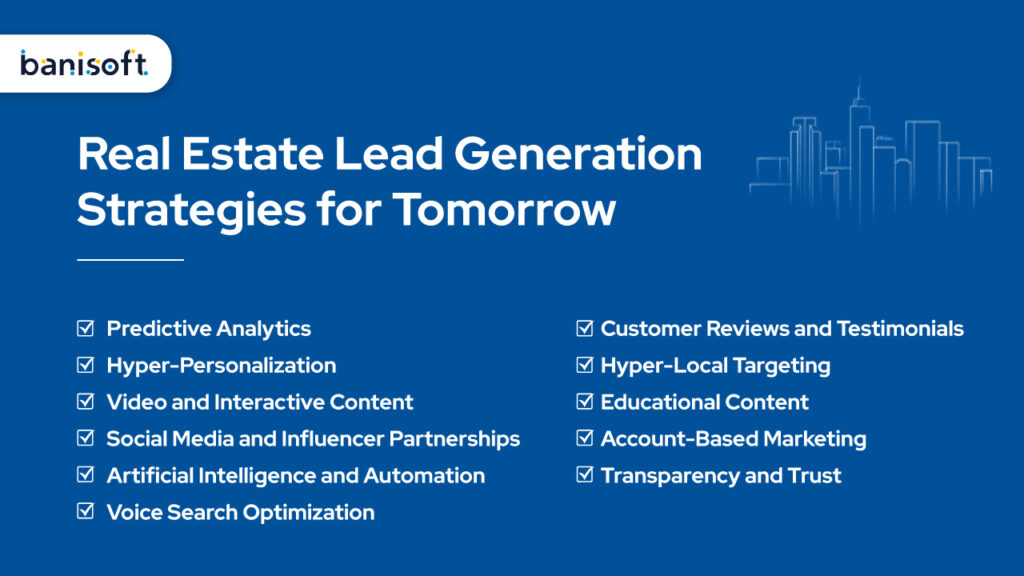
As we look to the future, several trends will shape the lead generation landscape in real estate:
- Hyper-Personalization: With advancements in technology and data analysis, expect increased personalization in marketing messages and experiences.
This might be a series of automated emails tailored to a lead’s specific interests and stage in the buyer’s journey, or a website that recommends listings based on a user’s browsing history.
- Video and Interactive Content: Video tours, virtual reality, and interactive content will become more prevalent, allowing potential buyers to explore properties remotely.
Consider creating 3D virtual tours of your listings, or hosting live video open houses on social media.
- Social Media and Influencer Partnerships: Leverage social platforms and partner with influencers to reach wider audiences and build your brand.
This might be a sponsored post with a local lifestyle influencer, a Facebook Live Q&A with a mortgage expert, or an Instagram Stories takeover featuring a community event.
- Artificial Intelligence and Automation: AI will play a larger role in lead qualification, nurturing, and personalized communication.
Chatbots can provide 24/7 support on your website, while AI-powered email tools can help personalize and optimize your lead nurturing campaigns.
- Voice Search Optimization: As more and more people use voice assistants like Siri, Alexa, and Google Home to search the web, optimizing your content for voice search will become key.
This means using natural language and long-tail keywords in your content.
- Customer Reviews and Testimonials: In the age of online shopping, reviews have become crucial for building trust with potential customers.
Encourage happy clients to leave reviews on your website or social media profiles, and showcase testimonials prominently in your marketing.
- Hyper-Local Targeting: Instead of targeting broad geographic areas, inbound marketers will focus on hyper-local targeting.
This means creating content and ads tailored to specific neighborhoods, communities, and even blocks. For example, a blog post about the best coffee shops in a particular neighborhood.
- Educational Content: Leads come to real estate websites looking for information and advice.
Creating educational content like webinars, e-books, and video series can help attract and engage leads while establishing your authority and expertise.
- Account-Based Marketing: For developers, investors, and commercial teams, account-based marketing will become more prevalent.
This involves targeting specific companies and decision-makers with personalized content and experiences.
- Predictive Analytics: With advancements in data science, predictive analytics will play a larger role in lead generation.
This involves using data and machine learning algorithms to predict which leads are most likely to convert, and targeting them with personalized marketing.
- Transparency and Trust: In the age of fake news and data privacy concerns, building trust with your audience will be more important than ever.
This means being transparent in your marketing, keeping your promises, and providing value to your leads.
The key to success in this evolving landscape will be staying adaptable, keeping a pulse on the latest trends and technologies, and always putting the needs of your target audience first.
Conclusion
The future of real estate lead generation is about building trust and credibility with potential customers by providing value, personalization, and relationships. It’s about understanding the needs and goals of your target audience and creating high-quality content and experiences that address those needs.
It’s about leveraging the latest inbound marketing strategies and technologies to attract, engage, and convert leads in a way that feels authentic and helpful.
By embracing this shift and staying ahead of the curve, you’ll be well-positioned to succeed in an evolving landscape where buyers have more power and choices than ever before.
You’ll attract more qualified leads, build stronger relationships, and ultimately drive more sales and growth for your business.
So what’s the first step you’ll take today to evolve your lead generation strategy and thrive in the future of real estate marketing?
Will you conduct a deep dive into your target audience, create a new piece of high-value content, or explore a new inbound channel?
Whatever it is, start small, track your results, and be patient. Inbound is a long-term play, but the results can be transformative.
The world of real estate lead generation is changing.
The Future of Real Estate Lead Generation Read More »

